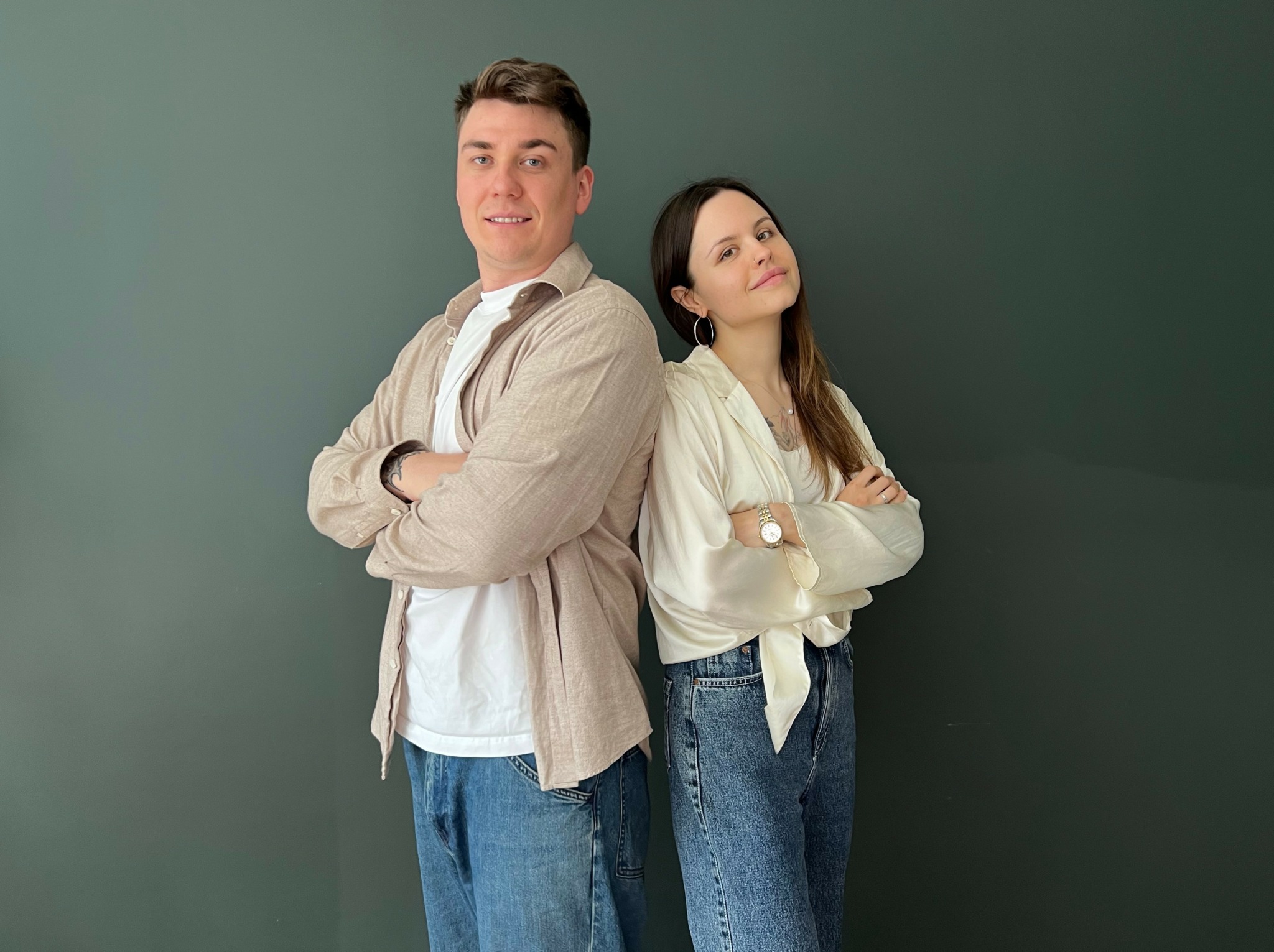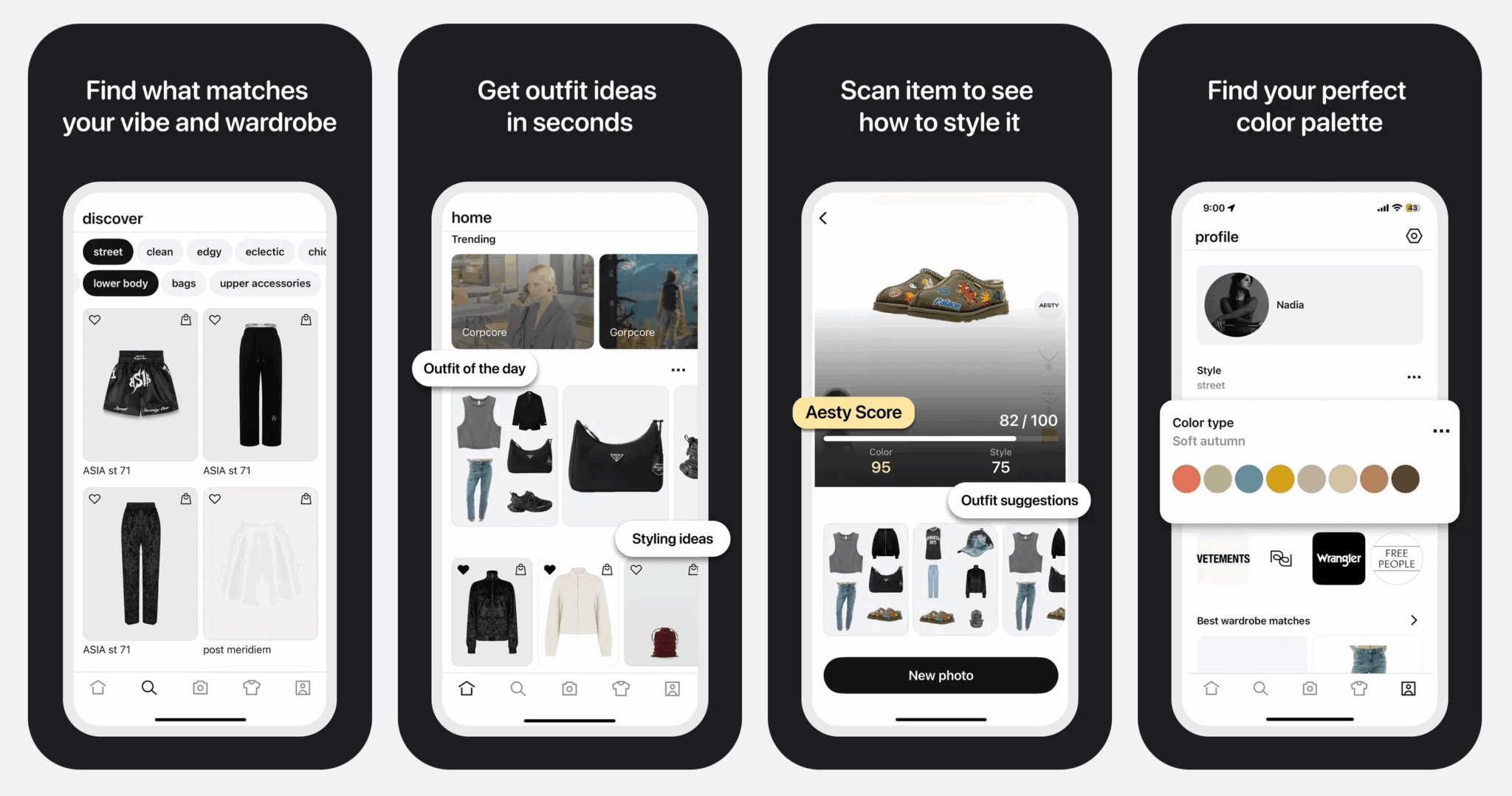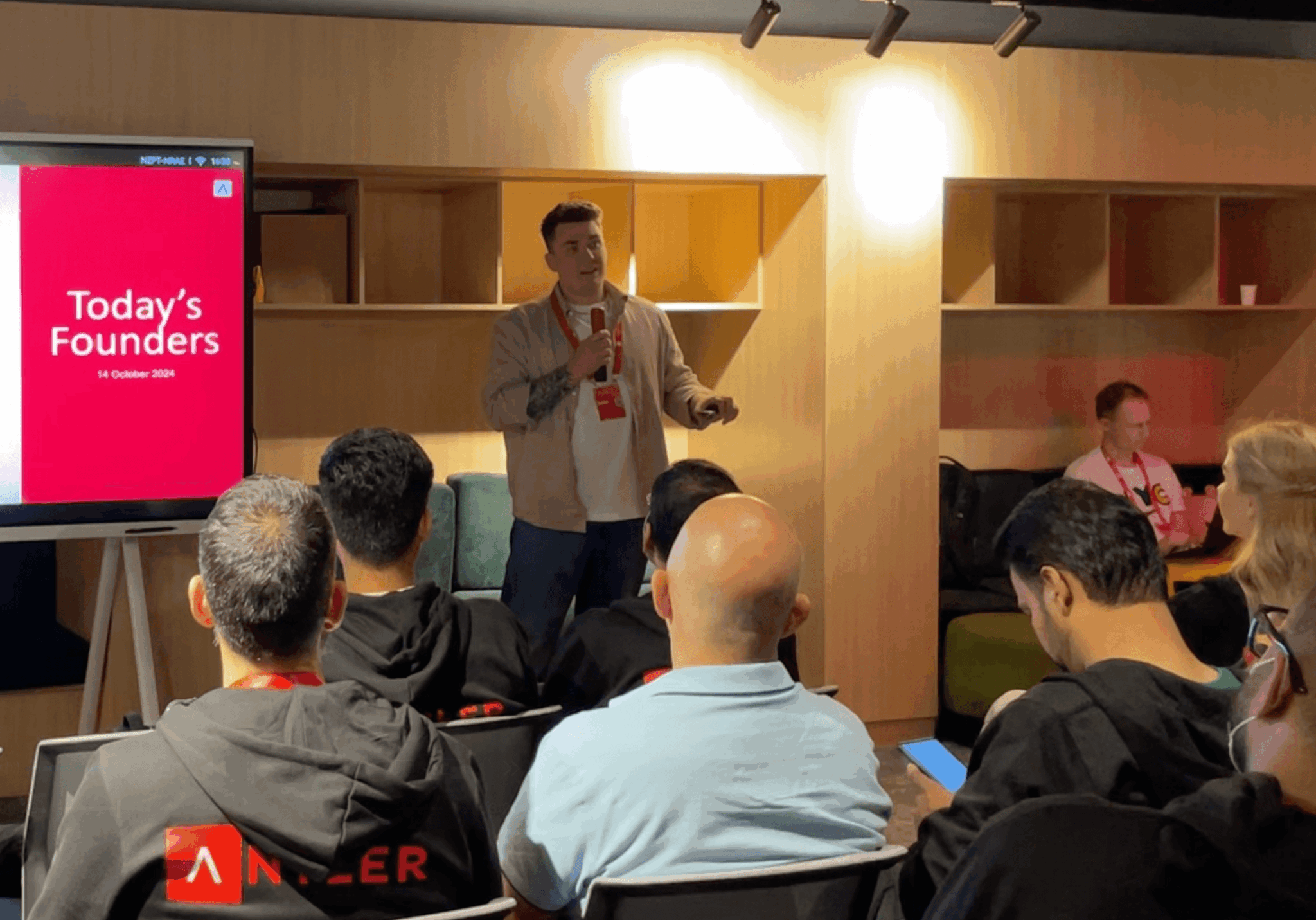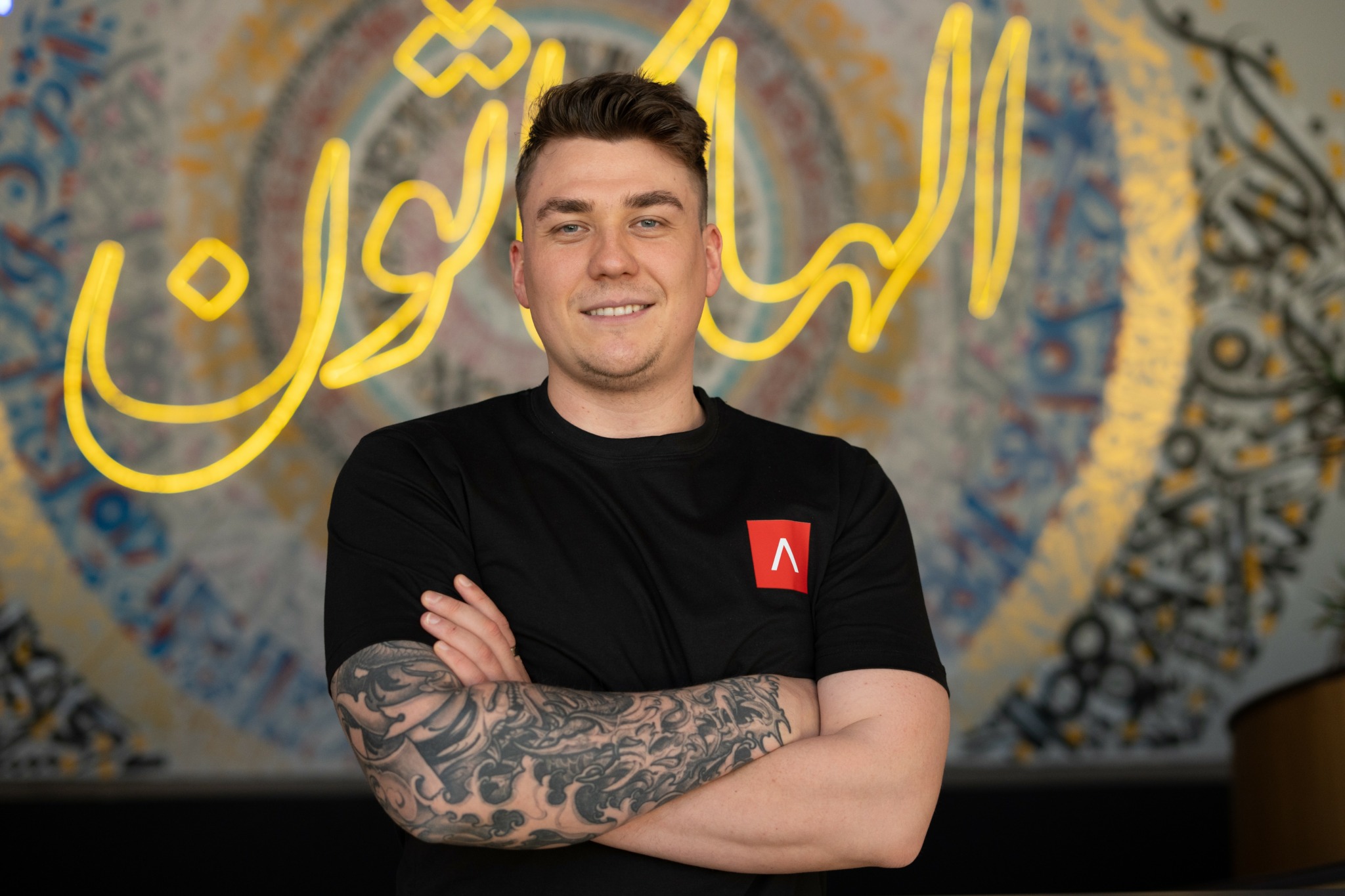We recently connected with Andrei Rychkov and have shared our conversation below.
Andrei, thanks for joining us, excited to have you contributing your stories and insights. Alright, so you had your idea and then what happened? Can you walk us through the story of how you went from just an idea to executing on the idea
The idea for Aesty came to my wife and co-founder, Nadia, while traveling. She often struggled with packing outfits efficiently for different occasions. She quickly realized this was a common frustration shared by many others.
The first step towards building a solution was to confirm if we were solving a real problem. We interviewed more than 300 people from various countries and backgrounds and talked with professional stylists. This helped us clearly understand the issue and develop a simple solution we could test quickly.
One of the biggest early challenges was sorting through all the feedback we gathered. It was important to carefully pick out the insights that really mattered and use them to build something useful for our first users.
Initially, we asked our friends to help build the first prototype. Surprisingly, about ten people volunteered their time to help us with design, reaching out to users, and testing. Nadia, who handled machine learning, and I, as the software engineer, were able to build the foundation of the app ourselves.
We experienced two major turning points. First, when we released the first version and received positive feedback from users, it was clear we had something meaningful. But joining the Antler accelerator and securing funding was the key moment when we felt Aesty had turned from just an idea into a real business.
As we prepared to launch, we learned a crucial lesson: our goal shouldn’t be to make the app perfect right away but to quickly improve based on user feedback. We learned to focus on flexibility and staying open to new ideas rather than falling in love with a a specific version of our product. It became clear that our passion needed to be for solving the problem, not just for the solution we initially created.

Awesome – so before we get into the rest of our questions, can you briefly introduce yourself to our readers.
I’m Andrei Rychkov, CTO of Aesty, an app that helps you shop based on your personal style and existing wardrobe. Rather than overwhelming users with an infinite feed of random clothes, Aesty understands your unique style and color type, helping you discover items that genuinely complement what you already own.
My co-founder (and wife) Nadia often says, “You wouldn’t go grocery shopping without checking what’s in your fridge first—yet we frequently buy clothes impulsively and then struggle to match them later.” Aesty addresses this exact problem.
Before starting Aesty, I spent five years working with Californian startups across diverse fields, from live-streaming platforms to AI-driven music technology. Overall, I have about 12 years of experience as an iOS engineer, developing apps for iPhone, iPad, and MacOS for both small and large companies.
Throughout my career, I’ve won several international programming competitions and contributed to one of the world’s most widely-used apps, Telegram, with over a billion users. Additionally, my professional achievements have twice earned me the “Extraordinary Talent” status in the United States (O1 and EB-1 visas).

What’s a lesson you had to unlearn and what’s the backstory?
One of the most important lessons I had to unlearn was caring excessively about the elegance or beauty of the code I write. As a developer, I used to focus deeply on writing clean, aesthetically pleasing, and well-structured code—even on aspects that end-users would never directly see. For me, it was about pride in my craft and proving my competence as a programmer.
However, the startup environment taught me that speed often outweighs perfection. Customers don’t typically care about how sophisticated your internal processes are; they care about the results. To succeed, especially in the early stages of a startup, it’s crucial to prioritize quick iterations over perfect execution.
A great example of this mindset is Airbnb. When Airbnb first launched, many internal processes—like handling bookings and communicating with hosts—were done manually by the founders. They didn’t build complex automated systems until the concept was validated and scaling became necessary. This taught me that cutting corners, at least initially, isn’t a compromise—it’s a strategy for validating ideas and growing efficiently.

How’d you meet your business partner?
My co-founder and CEO is also my wife, Nadia. Our story began four years before we launched Aesty. Initially, we were just good friends, enjoying quality time together, but eventually, we realized we were a perfect match—in life and business.
I know many people hesitate to start a business with family members, but for us, it’s been a natural fit. Beyond sharing a similar lifestyle, we also think alike and both have backgrounds in IT. Before Aesty, we’d already collaborated successfully at three different companies and spent extensive time together traveling. This experience gave us a clear sense of how it would feel to build a startup side by side.
So far, it’s working out wonderfully!
Contact Info:
- Website: https://aesty.ai
- Linkedin: https://www.linkedin.com/in/andrei-rychkov-039a98175

Image Credits
No credits required


